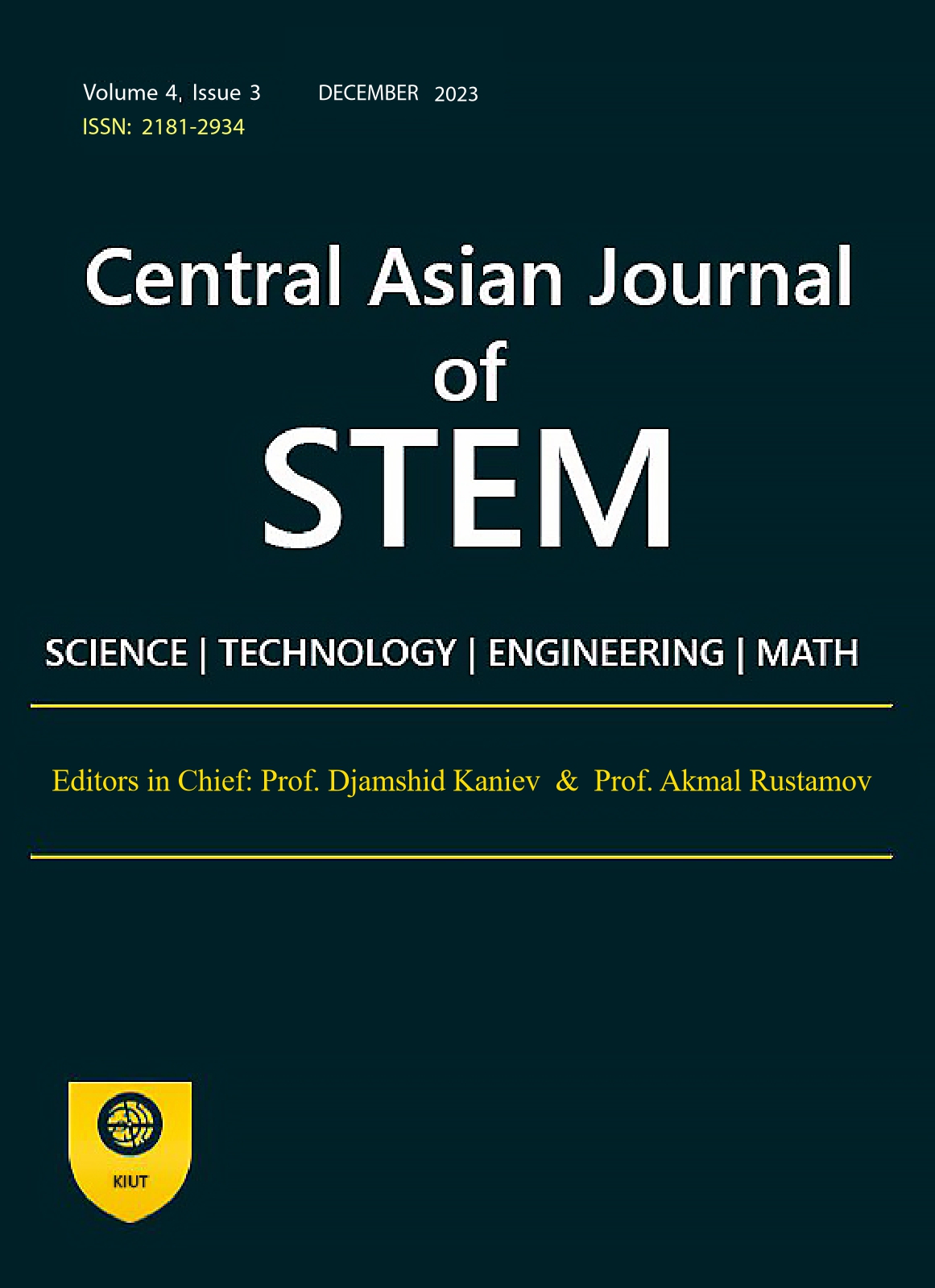ACTIVATION OF ALUMINUM TO PRODUCE HYDROGEN
Keywords:
hydrogen, fuel cells, solid oxide fuel cell (SOFC)Abstract
Biofuel cells are widely used to generate bioelectricity. Early biofuel cells use a semipermeable membrane to separate the anode and cathode compartments. The effect of different membrane materials and compositions was also studied. Some membrane materials are used exclusively as membrane spacers, while others have received considerable attention for immobilizing enzymes or microorganisms within or behind a membrane on an electrode surface. The membrane material influences the rate of transfer of chemicals (such as fuel, oxygen molecules and products) involved in the chemical reaction, which in turn affects the performance of the biofuel cell. Nafion, modified Nafion, and chitosan membranes have been widely used for enzymatic biofuel cells and continue to show great promise for the long-term stability of enzymes and the microorganisms contained within them. This article provides an overview of the most widely used membrane materials in the development of enzymatic and microbial biofuel cells. The article discusses fuel cells, their characteristics depending on the materials used (electrolyte, cathode, anode), scope of application and principle of operation.
Downloads
Published
How to Cite
Issue
Section
License
Copyright (c) 2024 Central Asian Journal of STEM

This work is licensed under a Creative Commons Attribution-ShareAlike 4.0 International License.





